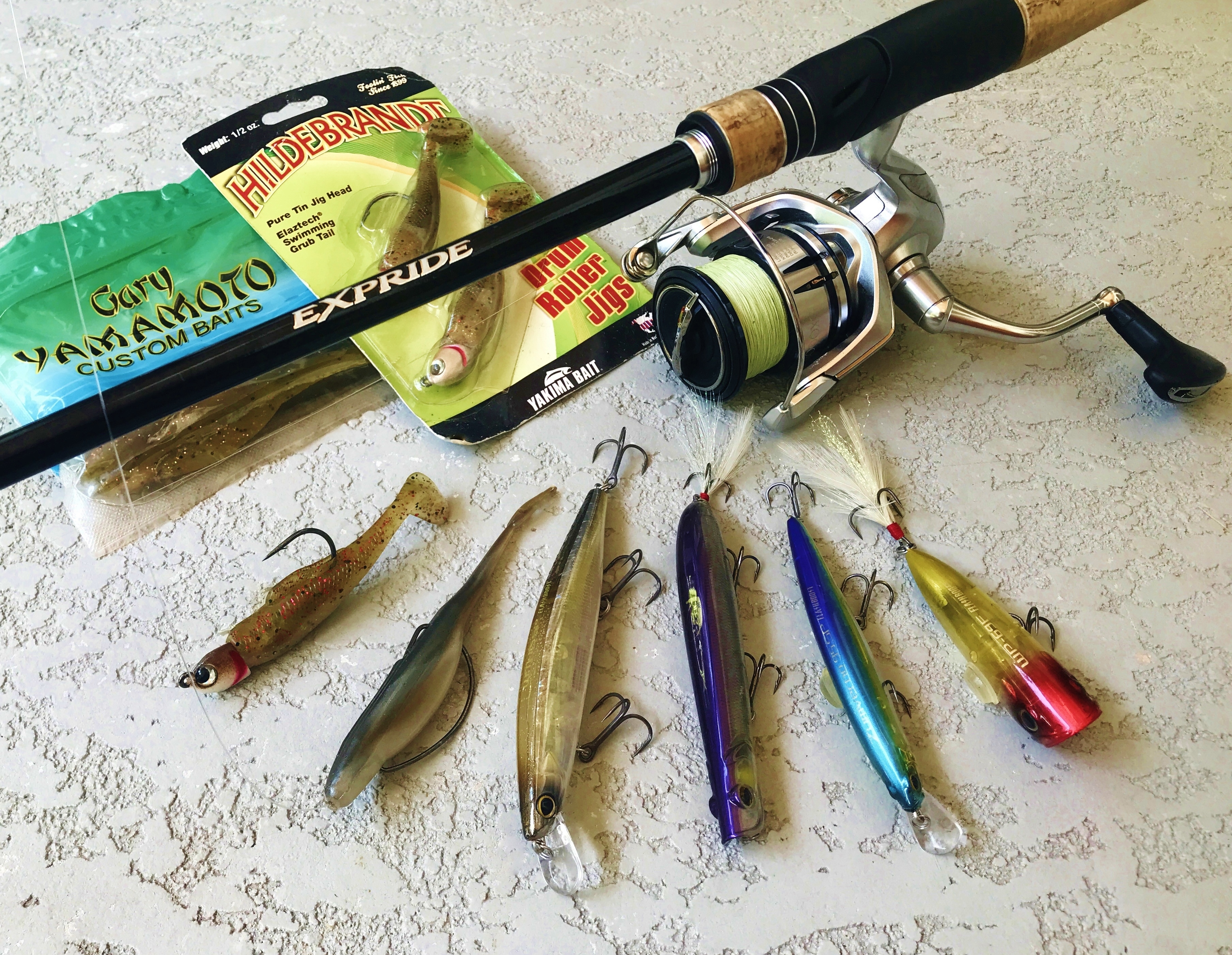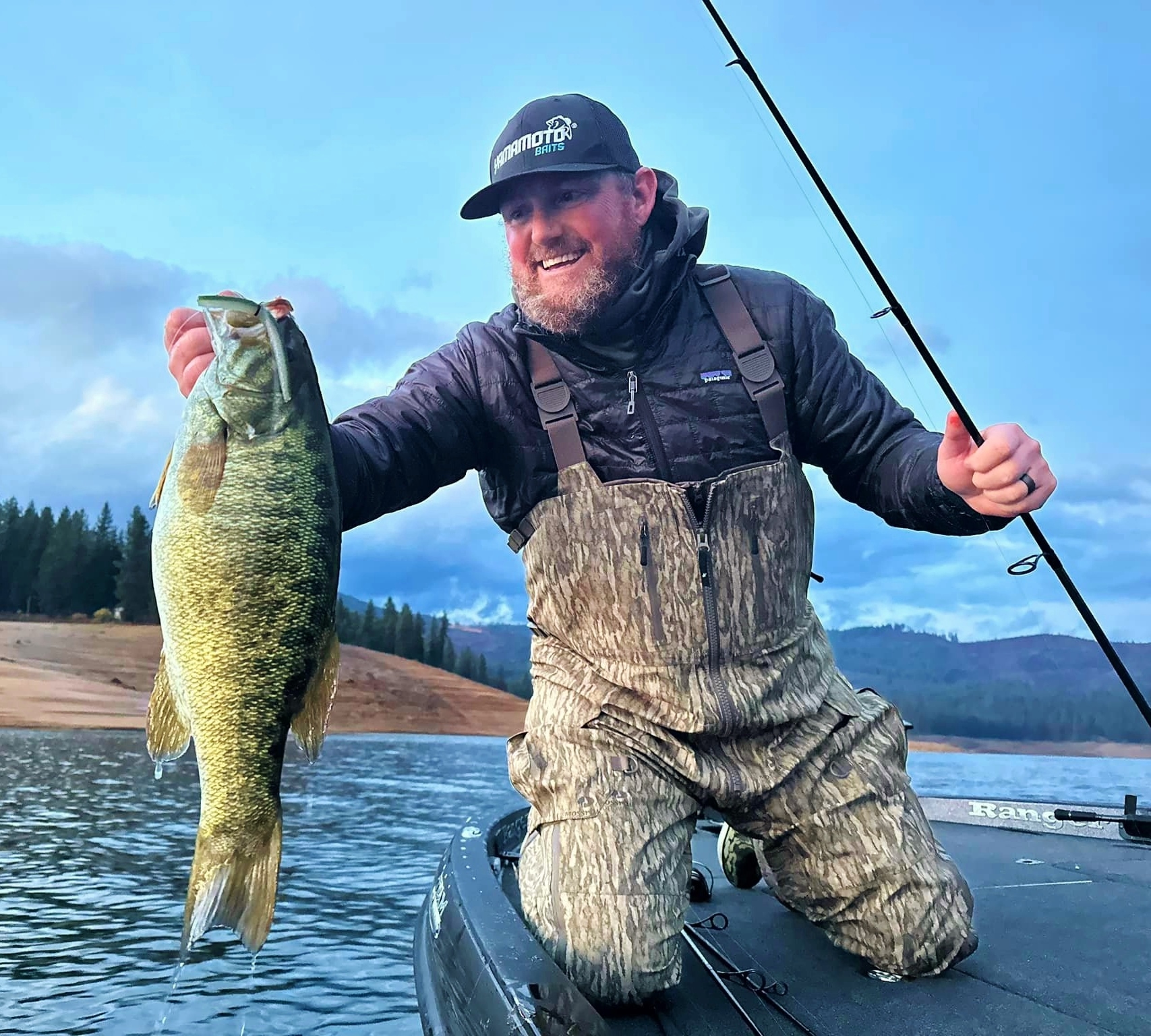
Bass fishing is an ever-evolving sport. What produces one year may or may not the next. Whether it’s a change in habitat, water quality or perhaps angling pressure, fish respond accordingly and they can become difficult to locate, much less catch.
As anglers, we’re forced to adapt.
Fortunately, we have countless lures and techniques to help us in the search. Even better, we have advanced electronics.
Nothing can breakdown a lake or river quicker than a GPS/graph recorder. Not only do they provide superior navigation, they can help us find fish … or at least the underwater features that tend to hold them. Add to that forward-facing sonar (FFS) and we’re able to target bass visually throughout the water column, in real time.
But as anglers become increasingly more proficient and reliant on this type of technology, what impact will it have on the tackle industry? Will lure choices become more limited? Let’s face it; jerkbaits, swimbaits and minnow-tipped jigs are the dominant choices for presentations associated with FFS. So with that emphasis, what becomes of more traditional lures and techniques?
Will spinnerbaits, topwaters, crankbaits and various bottom-probing jigs and soft plastics now see limited use?
Such a trend could have a monumental impact on the tackle industry. The companies quickest to adapt are likely to prosper, while those lacking the foresight or capacity to adjust would certainly suffer.
Industry reaction
A major competitor in the arena is Good Sportsman Marketing (GSM) — the parent company of Yamamoto Baits, Buckeye Lures, Bill Lewis Lures, Roboworm, Frog Factory and others. Heading up these brands is Crispin Powley, whose responsibilities include product development and marketing.

According to Powley, staying ahead of a dynamic, ever-changing market is challenging. But because of GSM’s diversity of brands and products, it’s better positioned to meet those challenges.
“There’s no doubt that the tackle industry is in a new and different place,” states Powley. “Electronics are obviously more impactful, largely due to live sonar. And like the average angler, we have more knowledge and resources than ever before. Our role as manufacturers isn’t to push back, but rather adapt and offer value.”
“I feel we’re forced to be better than ever in our pursuit of knowledge and the application of technology, in order to create lure designs that evoke consistent, positive responses from the gamefish our customers pursue … not just in sizes and shapes, but colors and textures, as well.”
Some retailers are already experiencing the effects of FFS. James Hilburn — manager of The Dugout Bait & Tackle in Atlanta, Ga. — claims sales are definitely trending in a new direction.

“For us, demand is changing, particularly with lure choices,” shares Hilburn. “We’re selling all types of jigheads with minnow and fluke-style soft plastics. We’re also seeing an increase in swimbait sales. Spinning rods and reels, too, have spiked.”
Jacob Walker — manager of Mark’s Outdoors in Birmingham, Ala. — has a different view. He claims their sales have remained fairly consistent, even with the growing popularity of FFS.

“Other than a decrease in crankbait sales, we’re still selling plenty of power-type lures,” states Walker. “That may be due to the diversity of fisheries in our part of the country, but we’re not feeling any type of pinch from forward-facing sonar. In fact, it’s adding to our bottom line.”
“Guntersville, Wheeler, Pickwick and the Coosa Chain impoundments offer our customer base a wide range of angling options. And with those options comes a need for countless lure types … everything from hollow-body frogs to jigging spoons, we sell it all!”
Back to reality
As to what degree FFS influences future buying trends, only time will tell. In certain parts of the country, I’m sure it will be substantial. In others, however, the technology may have little or no effect.
However it shakes out, there’s no doubt in my mind that traditional fishing techniques will continue to play in our sport, as will the tackle that applies to them. Bass fishing is too complex and diverse. Even as the popularity of FFS technology continues to grow, there will be limits to its application.
So don’t shelve those bladed jigs, spinnerbaits, crankbaits, topwaters and bottom-probing lures just yet. There will be times when they’re the ticket to a productive day of fishing.
Follow Bernie Schultz on Instagram, Facebook and through his website.





